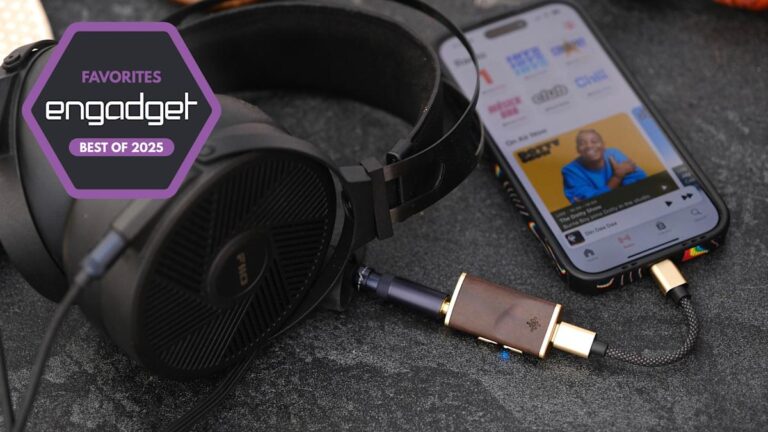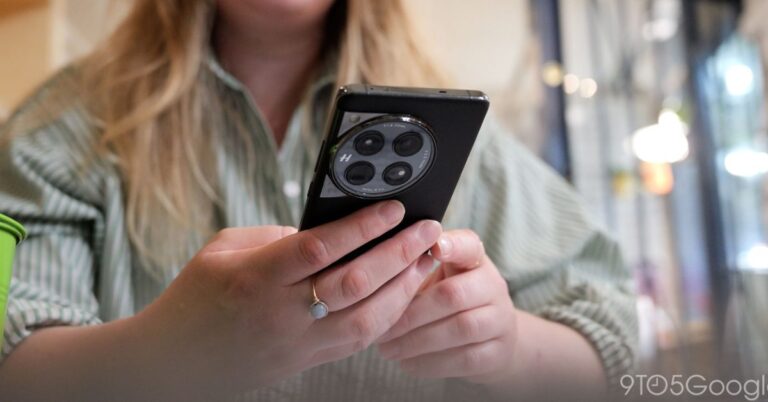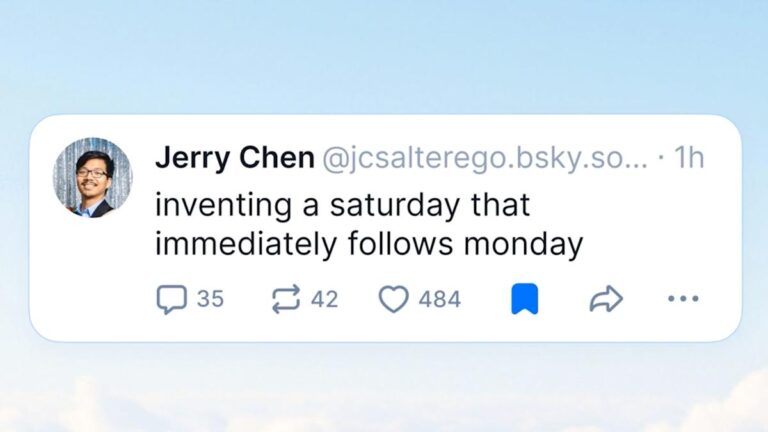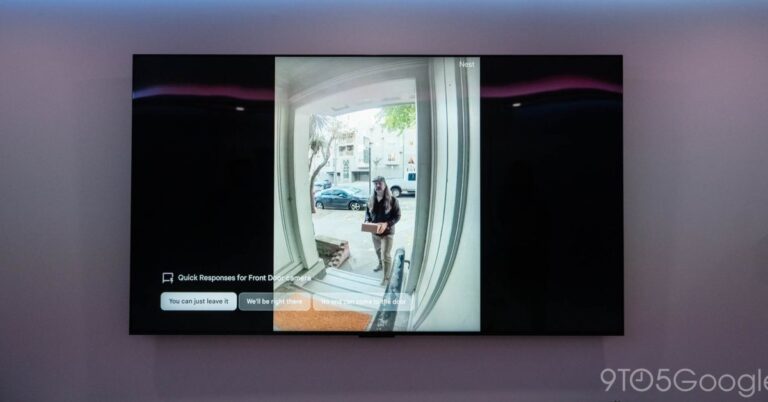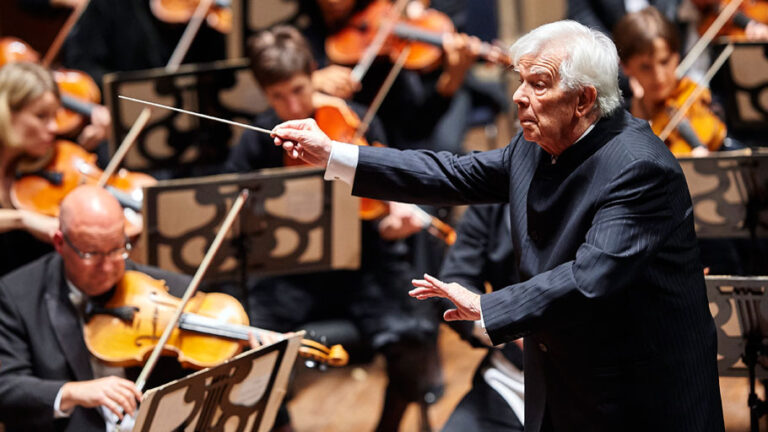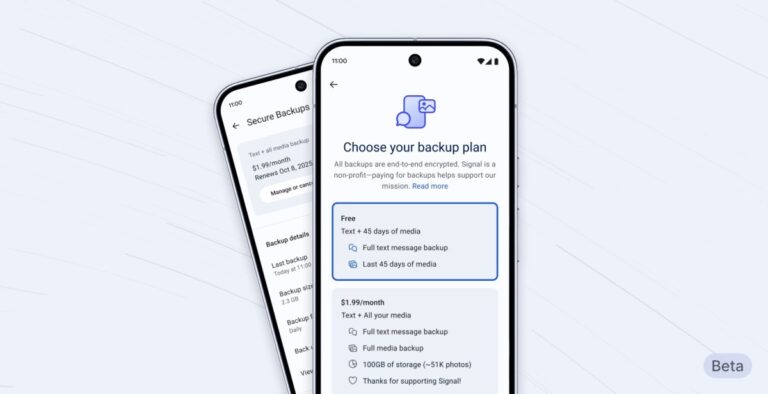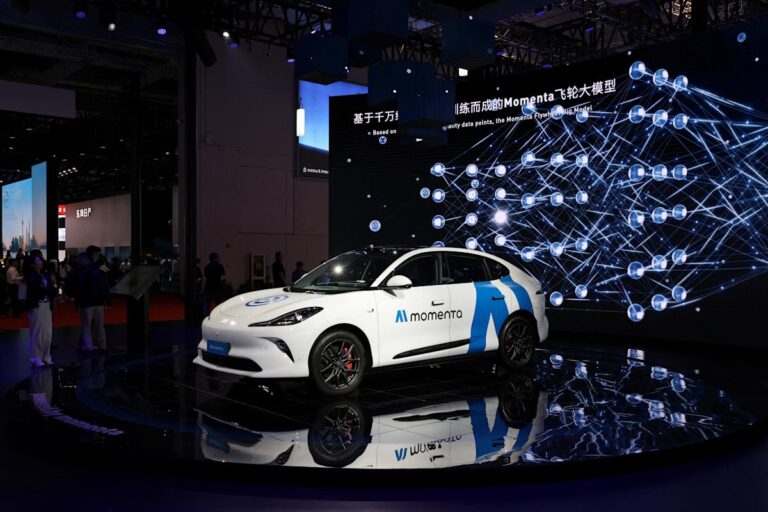Apple Music is one of the few streaming services that offers high-resolution audio (aka “lossless”) at no extra charge. But enjoying that extra quality on your phone usually requires some extra hardware. That is the purpose of this guide, — to help you find exactly what you need depending on how you prefer to listen. Every product listed below will help you squeeze more audio quality out of your Apple Music subscription. In fact, whatever music service you use, your listening experience will be enhanced. Best of all, most of these recommendations are compatible with Android, Mac and Windows devices, too.
Fortunately, as data plans become more generous and technology advances, listening to these larger-files in their full glory is less of a challenge. There are still some hardware hurdles though, especially if you use AirPods (or any wireless headphones) as Bluetooth technology is theoretically capable of delivering some higher-resolution audio, and Apple products don’t support the required technology (codecs such as Aptx, LDAC etc.). Confusingly, there are also different levels of “lossless” on Apple Music, with standard “CD quality” audio and then “Hi-Res Lossless” files that are recorded at even higher data rates. But don’t worry, we have a solution for you below, no matter how you prefer to listen to your music.
Of course, a DAC or dongle is only part of the equation — your headphones or speakers are also just as important. So if you’re looking for the absolute best audio experience be sure to check out our guide to the best headphones. Although these options are wireless, many can be used with a cable, too, making them the perfect pairing for our recommendations below.
Best DACs for 2025
Fiio’s affordable KA11 dongle contains a DAC with a maximum resolution of 32bit/384kHz — which is well above Apple Music’s top-tier “Hi-Res” lossless format (24bit/192kHz) — so you can be sure that you’re getting every last bit of quality out of whatever you’re listening to. Best of all, the KA11 is powerful, too, with a higher volume output than Apple’s on headphone adapter (more on this below). At around $30, this dongle is the best bang for your buck when it comes to upgrading the audio experience on your iPhone, Android, PC or Mac. There’s even a Lightning version available for those with older iPhones and iPads.
We particularly like the simplicity of Fiio’s KA11 as it’s plug-and-play with no need to charge it. It’s only slightly bigger than a typical headphone adapter and it comes with a rugged, woven cable, so it can handle a lot of wear and tear. There’s even a small LED on the front that lets you know if you’re listening to standard, high, or higher-resolution files so you can be confident you’re getting the most out of your music in real time.
Yes, it’s the Apple headphone adapter you know and (maybe) love, but it’s worth considering if you want something super lightweight and even more affordable. Apple’s dongle doesn’t support the larger, Hi-Res files available on its music service, but it can handle the standard lossless (24bit/48kHz) format no problem. As you’d expect, it’s available in Lightning and USB-C versions depending on which Apple device you’re connecting it to.
Sure, the most demanding listeners might lament the lack of support for the higher resolutions, and it can be a little quiet with some headphones that are high impedance (typically more expensive “audiophile” models). For the vast majority of users, though, Apple’s dongle will do the job. If you’re not sure, check the manual for your headphones and look for Impedance (often listed as Ohms) — anything below around 150Ohms and you should be fine. Anything above that, and you might want to consider Fiio’s dongle instead.
While this guide is primarily focused on Apple Music, most of the gear here will unlock lossless audio no matter where you listen. If Tidal is your platform of choice, you might be familiar with the MQA codec, which the company used for its high-resolution audio until eventually switching to FLAC in 2024. MQA might not be as common in streaming anymore, but if you still want to make sure you can listen to music from stores or services that provide it, the iFi GO Link will have you covered, along with the standard Apple Music high resolution audio formats, and anything else, up to 32-bit/384kHz.
Sennheiser’s BTD700 is a wireless adapter that plugs into your phone, upgrading its Bluetooth capabilities with the latest high-resolution codecs such as Aptx Adaptive and Aptx Lossless. iPhones don’t support any of these natively, but with this small dongle, you can unlock the full potential of Bluetooth audio and the higher bitrates (and in theory audio quality) Aptx Lossless offers. There’s a small caveat, though: you will need Bluetooth headphones that also support one of these codecs such as these or these (or check the product page of the set you own or are considering).
The BTD700 is simple to use, just plug it in to your phone’s (or other device’s) USB-C port, pair your headphones to it and off you go. An LED on the dongle lets you know which of the six different Bluetooth “qualities” (codecs) you’re enjoying so you will know when you’re listening to lossless audio. The handy part? Once you’ve paired your headphones with the dongle, you won’t need to re-pair if you connect the BTD700 to a PC or Mac. This little adapter effectively gives anything with a USB-C port an audio upgrade, and there’s even a low-latency mode for gaming. Note, there’s no Lightning option here, so if you’re on an older phone you might have to live with using an adapter.
If you’re looking to take things to the next level without spending “high-end” money, there’s a lot to love about the Melody DAC from Snowsky. Unlike a simple dongle, the Melody has onboard controls and two headphone jacks. One of those is for regular 3.5mm headphones, but the other is for 4.4mm “balanced” headphones, which means the Melody can grow with you if your audio journey takes you deeper into the world of audiophilia.
The wood finish gives it a classy feel and although it’s light, it still delivers that quality “Hi-Fi” feel. As for sound quality, there’s support for 384K/32bit sample rates, which covers everything Apple Music can deliver. The built-in amplifier can easily go louder than you should probably ever listen and there are other luxuries, too, such as support for inline microphones — so you can still handle calls and take meetings on your phone. We also love that you can tailor the sound to your preference via the Fiio Control companion app.
While you can squeeze an impressive amount of audio tech into a headphone adapter, a slightly bigger device affords a decent step up in both specs and features. Moondrop’s Moonriver T2i DAC is slightly larger than a pack of gum, and it has a stylish design that doesn’t look like a boring, generic dongle.
Importantly, the Moonriver T2i builds on the success of the company’s Moonriver 2 DAC. The “2” partly refers to the use of dual DAC chips here, which delivers a “balanced” signal. Each channel can handle up to 32bit/384KHz resolution and there are two headphone ports. One for standard 3.5mm headphones and another for 4.4mm connections — making use of that balanced output. If this is your first step into the world of Hi-Fi DACs, you’re totally fine with 3.5mm headphones, but some prefer the 4.4mm connector as it provides more power and potential signal benefits, especially if you’re using a headphone amp.
With the Moonriver T2i you have a couple more practical advantages. For one, there are physical volume controls on the device itself. If you ever felt that the 16 levels of loudness on the iPhone (I just counted) weren’t enough, then the 100 steps of adjustment on the Moonriver T2i (via companion software) eliminate any worries about setting the music to the perfect level. If your headphones have an in-line microphone, the good news is that this dongle will pass that through to your phone or PC so you won’t need a separate device for calls.
Most importantly, the sound that comes out of the Moonriver T2i is bright and bold. You’ll hear audiophiles talk about sound stage, detail and width, all you need to know is that this DAC ticks off all the buzzwords and serves up bright, robust sound that’s going to make any lossless/hi-res music really shine.
Who said a DAC needs to be a dongle? If you’re looking for something a little more all-in-one then the SP3 BT active speakers from Fiio are a great option. We like that, for the same price as many standalone DACs, you have everything you need to decode high-resolution music from almost any source with USB-C and Aux inputs for phones along with standard Hi-Fi connections such as optical, RCA and coaxial.
These speakers didn’t make it to our testing bench, but the SP3 BTs regularly receive praise for their sound and premium build quality at a reasonable price. For Bluetooth listening, there’s support for both Aptx Adaptive and HD along with Sony’s rival LDAC making these speakers something of an audio swiss-army knife. While these speakers will make a perfect companion to your home office or workspace, they can easily find a home in your living room or den connecting to any other music players you might have (for vinyl you’ll still need a pre-amp).
If you’ve had some experience with DACs and are looking to ratchet things up a notch or three, then the Mojo 2 from British company Chord wants to have a word. At $650, this is definitely in the high-end price range, but the experience and features it offers make it worth considering for serious audiophiles. But the brains behind the Mojo 2 have been making digital to analog converters pretty much since there was digital music to even convert. That experience is what makes the Mojo 2 a favorite among music fans.
Most options in this guide are designed for mobile devices first, the Mojo 2 is more of a hybrid device. The mobile dongles above all take their power from the player you connect them to, which is convenient, but obviously is less kind to your phone’s battery life. The Mojo 2 has an internal cell so won’t tax the one in your phone or laptop. It’s small enough to be portable, but substantial enough to live on your desk.
Unlike most DACs that use off the shelf chips to handle the digital-to-audio conversion, the Mojo 2 uses field programmable gate array (FPGA) technology to create its own custom “chip.” It’s also powerful enough to act as both a DAC and a preamp, driving even power-hungry headphones with ease. We’ve seen FPGA gain popularity in gaming circles for its ability to imitate various consoles, but that same flexibility is what makes it interesting to the audio engineers at Chord.
If you need something that’s capital L loud, then the Mojo 2 will not disappoint. Proceed with caution here. It’s actually powerful enough to drive two pairs of headphones at the same time and has two 3.5mm ports so you can do exactly that. The curious circular buttons can also be used to change sound profiles with an excruciating level of detail.
The Mojo 2 has standard USB-C, microUSB, optical and coax inputs so it’s more flexible than a lot of its competition in this regard. Although it’s worth noting that you can only charge the Mojo 2 via microUSB. Of course, there’s a cable provided for this, but if you’ve fully made the switch to USB-C, it’ll mean you have to guard the charging cable closely.
DAC FAQs
What does DAC stand for?
DAC stands for digital to analogue converter. A digital-to-analog converter takes the digital (D) music from your phone or computer and converts (C) it into analog (A) sound you can hear. All phones and PCs have them, but since handsets moved to USB-C, Lightning or Bluetooth for music, the task of converting that signal was generally outsourced to either your adapter or your wireless headphones.
DACs can be used with phones, laptops and desktops but tend to be much simpler than a regular external audio interface. One basic distinction is that DACs are usually for listening only whereas an audio interface might have ports to plug in microphones and instruments (but an external audio interface is also technically a DAC). Some high-end DACs even include XLR outputs for better connectivity with professional audio equipment.
The best DACs tend to be lightweight, making them more suitable for mobile use, although it still gets a little tricky with the iPhone as you still might need to add another dongle to make it play nice with Lightning. Also, not all DACs support all the higher audio resolutions like DSD. Most standalone DACs require external power or an onboard battery, though some can use the power from whatever you plug them into — in which case expect a hit to your battery life.
Why do I need new hardware to listen to music?
The short answer is, you don’t. You can play “hi-res” audio files on most phones and PCs, you just might not be getting the full experience. If your device’s audio interface tops out at 44.1 or 48kHz (which is fairly common and covers the vast majority of music online) then that’s the experience you’ll get. If you want to enjoy better sounding music at a higher sample rate and bit-depth (aka resolution), you’ll need an interface that supports it and wired headphones, potentially using a headphone amp for an enhanced experience.
It’s worth pointing out that “lossless” and “hi-res” are related terms, but not the same thing and will vary from service to service. Apple uses ALAC encoding which is compressed, but without “loss” to the quality (unlike the ubiquitous .aac or .mp3 file formats). CDs were generally mastered to at least 16-bit / 44.1kHz which is the benchmark that Apple is using for its definition of lossless. In audio circles, a general consensus is that hi-res is anything with a sample rate above 44.1kHz. Increasingly, though, the term is being used for anything 96kHz and above.
This, of course, isn’t only about Apple’s new streaming formats. External DACs and audio interfaces are a great way to get the best sound and upgrade your listening experience generally. Especially if you want to get into the world of more exotic (read: pricey) headphones, as they often even require a DAC to provide enough clean digital signal to drive them. For audiophile headphones, a phone or laptop’s internal sound chipset often doesn’t have the oomph needed to deliver a hi-fi experience, meaning a better DAC could make all the difference in sound quality.
Okay, but can’t I just use the headphone adapter for my phone?
No. Well, yes, but see above. A Lightning or USB-C to 3.5mm headphone adapter often is an audio interface and most of the ones you’re buying for $7 (or that come free in the box) do not support hi-res audio beyond 48kHz / 24-bit. Android is a little more complicated, as some adapters are “passive” and really just connect you to the phone’s internal DAC like old school headphones. Others (active ones) have a DAC built-in and good luck finding out what your specific phone and the in-box adapter delivers. (Hint: connect it to a PC and see if it comes up as an audio interface. You might find some details there if it does).
What about Bluetooth headphones?
Chances are that over the last few years you’ve migrated from wired to wireless headphones (thanks, Apple). The world of Bluetooth headphones changes things a little when it comes to seeking better audio performance. What matters here is twofold, the headphones you’re using (as those will technically be the “DAC”) and the codec — the method used to send the musical data over to the headphones.
It’s also worth checking to see if your headphones support aptX and which version. Look out for aptX HD, aptX Adaptive and (for the highest quality) aptX Lossless which are all better than standard and becoming more common, albeit slowly. It’s worth noting that both your phone or media player and your headphones need to support the same aptX codec. Currently, no iPhone supports any type of aptX, though dongles exist that will offer that functionality.
Other higher-resolution Bluetooth codecs exist, like Sony’s LDAC, but Qualcomm’s AptX has wider support thanks to its prevalence in Android devices. Some high-end wireless headphones might even come with a headphone jack for wired connections when higher-quality audio is needed.


